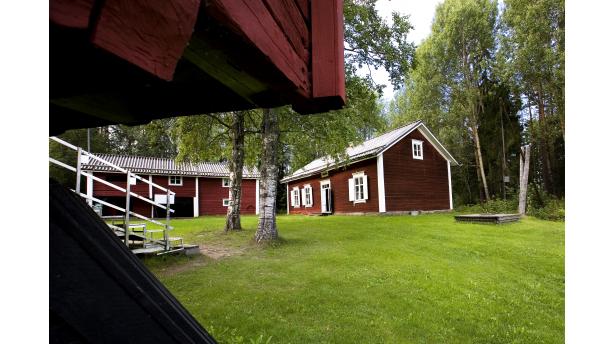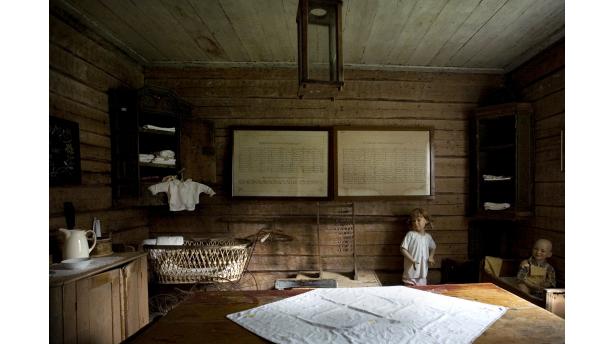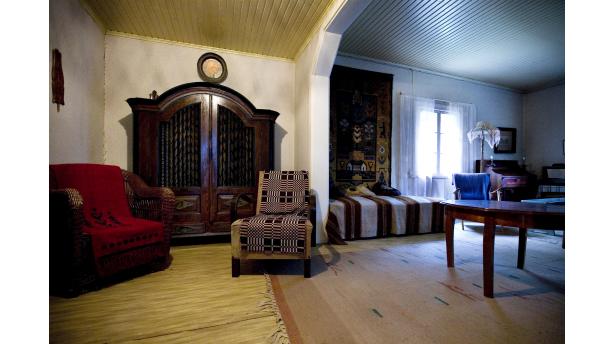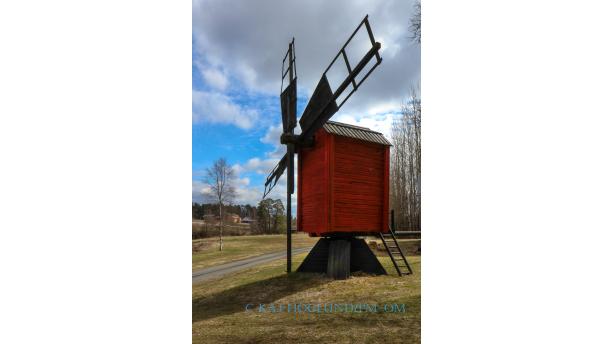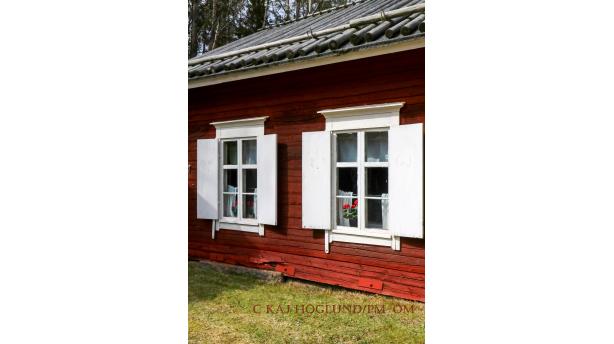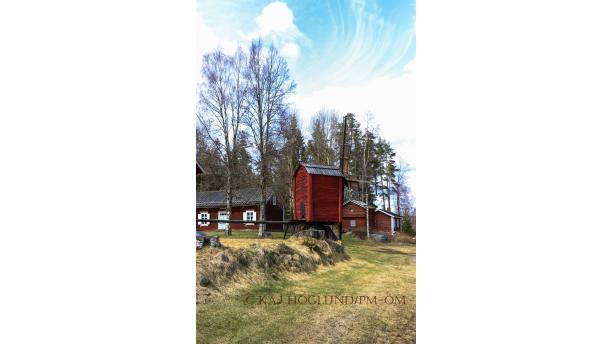Museum A-Ö » Rural life and craft » Åliden Museum
Åliden Museum






Did you know...
The layout of the museum area was devised by architect Erik Kråkström, who was once one of Finland’s frontline architects.
The Åliden Museum represents local history with old time buildings and artefacts. The emphasis is on the everyday life and chores of the peasant. The connection with historically important agriculture is still evident, as the museum is located in a beautiful river valley surrounded by hilly fields.
The history of the Åliden Museum begins with vicar Anders Passi, who inititated the construction of the museum on the lot next to his house in 1958. The buildings were relocated on the estate from different parts of Purmo. The vicar and his wife donated their property and home to the Purmo homestead association in 1975. Passi’s home is nowadays included in the museum area, and a home from the mid-20th century is displayed there.There are 17 diverse peasant buildings from the 18th and 19th century in the museum. The main room of the main building has been furnished as a typical home from the turn of the 19th and 20th century. Different themes of rural life are displayed in the chambers, for instance children’s items and school equipment.
Among the gems of the museum is the red, embroidered cap of the Purmo regional dress. The cap displayed in the museum used to belong to the very first Purmo dress made by Mrs. Ester Fougstedt. The dress was donated to the museum in 1970.
In addition to the main building there is a loft barn, a grain barn, a windmill, various outbuildings and a right-of-occupancy cabin on the area. Barn dances were previously arranged in the so called vicarage barn.
Pedersöre has traditionally been an agriculture region, and items and equipment associated with farming form a large part of the collections. The Purmo river flows right next to the museum. By the roaring rapids have been built mills for grinding grain, but logs from the forests and tar for the coast and further world have also been floated along the river.
The museum’s courtyard is used in the summer by the Pedersöre theatre for arranging theatre shows usually in July. In the museum is an archive on the local history of Purmo.
